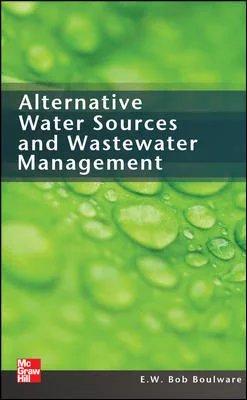Eco-friendly food disposal
Between 30% and 40% of the U.S. food supply is thrown out each year. In 2010, an estimated 133 billion lb. of food from U.S. retail food stores, restaurants and homes never made it onto the table. And food waste is the single largest type of waste entering landfills, producing harmful greenhouse gases such as methane.
So say the U.S. Department of Agriculture and the U.S. Enviromental Protection Agency as they launched the U.S. Food Waste Challenge in 2013. The program’s goal is to encourage those in the food chain to reduce, recover and recycle food waste.
One tool homeowners and commercial businesses can use to divert food waste from the local landfill is their garbage disposal, which grinds food into miniscule particles and sends it on to a local wastewater treatment facility or into a septic system.
However, about 49% of U.S. homes do not have garbage disposers, so education is still needed to inform these homeowners, as well as some builders and contractors, about the benefits of disposers, says Joe Maiale, InSinkErator vice president of sales — wholesale.
Most code restrictions for food disposers are in rural communities without waste treatment facilities and may only have septic systems, notes Robert Grim, InSinkErator senior vice president of sales. But even in areas where the local code does not address garbage disposals, the perception exists they should not be installed.
“We often tell people it’s better for the environment to use the disposer instead of putting organic waste into the trash can that goes to a landfill,” he says.
Maiale adds: “Many wastewater treatment facilities have anaerobic digesters that capture the methane gas and turn it into electricity, which powers the facility. The processed sludge is sold as organic fertilizer.”
Large cities can benefit from diverting food waste from garbage bins to treatment plants as it can help curb the influx of vermin such as rats and mice, he notes, which can become a health problem. New York City lifted its 30-year ban on garbage disposers in 1997 because of its tremendous rat population.
Seattle recently announced a program for residents to use bags to contain their organic waste, which are put it out into the street, collected and taken to anaerobic digesters, Grim says. However, there is a risk of brown bears coming into neighborhoods looking for food. Using food disposers and sending that waste to the treatment plant would help solve the problem.
InSinkErator worked with Philadelphia to install garbage disposers in homes that lacked them to assess the effect on the environment of diverting food waste to the waste treatment facility. You can view a video on the program at https://www.youtube.com/watch?v=v8B91puL4IM.
An example of the practical benefits of food disposers for institutions is at Chicago’s Shedd Aquarium, which houses more than 1,500 different species. Self-contained kitchens prepare food for the aquatic animals, reptiles and amphibians. Nearly two million people visit the aquarium each year, and many eat their meals at the two on-site restaurants.
All this equals a lot of food waste, which workers manually carried to outdoor compost bins using heavy wheeled containers. The Shedd installed a T&S Brass EnviroPure organic food waste system in one kitchen, located behind the conveyor belt that carries dirty trays and dishes. While the belt is in operation, a continous stream of water pushes the food waste to a disposal drain that first feeds into an InSinkErator grinder and then to a stainless-steel digestion chamber.
The Shedd has a 30% to 35% diversion rate. The goal is to be at 90% by 2018.
Read here for the entire Shedd Aquarium story, which originally appeared in the September 2015 issue of PM Engineer.
Looking for a reprint of this article?
From high-res PDFs to custom plaques, order your copy today!







